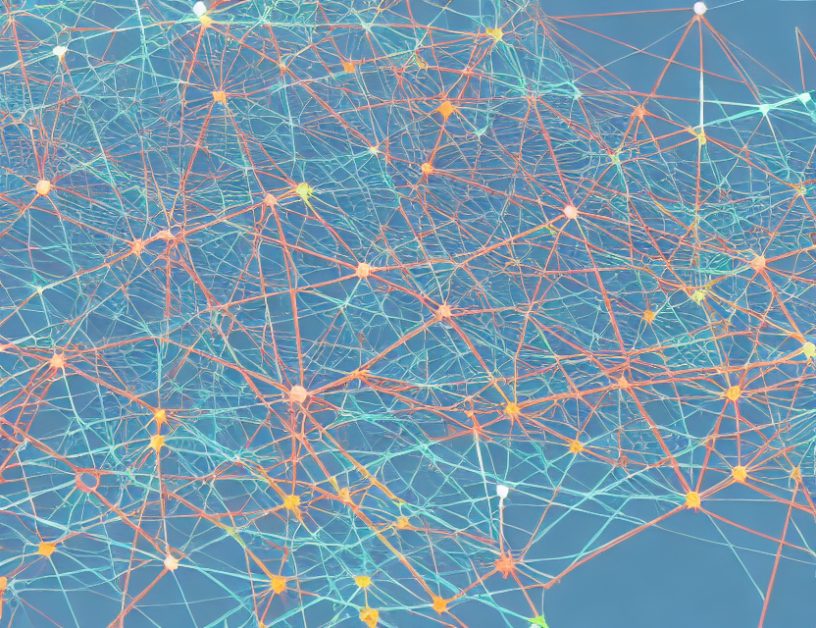In this article, we explore the use of graph embedding techniques for analyzing time-series networks and detecting outliers in large datasets. Graph embedding is a way to represent graphs as dense vectors in a high-dimensional space, allowing for various machine learning algorithms to be applied directly to the graph structure. Time-series networks are graphs that contain temporal information, such as time stamps or node labels, which can be used to analyze the relationships between nodes over time. Outlier detection is the process of identifying unusual patterns in a dataset, which can be useful for detecting anomalies or fraud in various applications.
The authors provide a comprehensive survey of graph neural networks (GNNs), which are a class of algorithms that can be used to learn from and operate on graph-structured data. They also discuss the challenges of applying GNNs to time-series networks and outlier detection, such as the need for efficient computation and scalability. The authors propose several solutions to these challenges, including the use of attention mechanisms and parallelization techniques.
To address the challenge of scaling GNNs to large datasets, the authors introduce a new algorithm called Graph Attention Networks (GATs). GATs use attention mechanisms to selectively focus on important parts of the graph, reducing computational complexity while maintaining accuracy. The authors show that GATs achieve state-of-the-art performance on several benchmark datasets for time-series network analysis and outlier detection.
Another challenge in applying GNNs to time-series networks is the need to handle non-stationarity and temporal dependencies. To address this, the authors propose a new method called Graph Convolutional Networks with Temporal Attention (GCNs-TA). GCNs-TA combines spatial and temporal attention mechanisms to learn both local and global patterns in time-series networks. The authors demonstrate the effectiveness of GCNs-TA on several real-world datasets, showing improved performance compared to traditional GNNs and other state-of-the-art methods.
Finally, the authors discuss the application of graph embedding techniques to outlier detection in large graphs. They propose a method called Graph Autoencoders (GAEs) for detecting anomalies in time-series networks, which use a variant of variational autoencoders (VAEs) to learn a compressed representation of the graph that captures its structural information. The authors show that GAEs can be used to identify unusual patterns in various datasets, including financial transactions and sensor readings.
In summary, this article provides a comprehensive overview of graph embedding techniques for time-series networks and outlier detection, discussing both the challenges and the proposed solutions. The authors propose several innovative algorithms, including GATs and GCNs-TA, which demonstrate improved performance compared to traditional methods. These algorithms have important implications for various applications, such as fraud detection, anomaly detection, and network analysis in complex systems.
Computer Science, Social and Information Networks
Algorithms for Clustering and Graph Analysis



